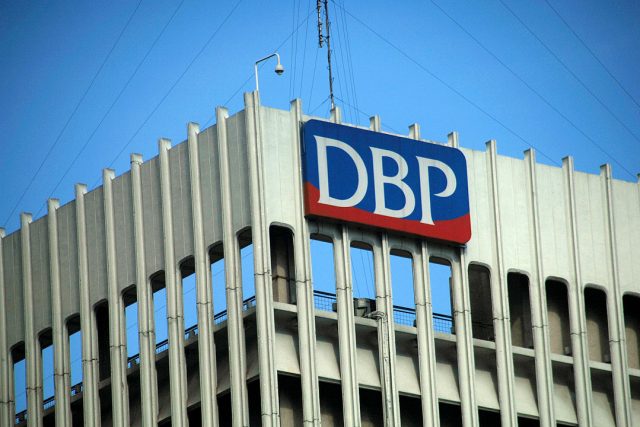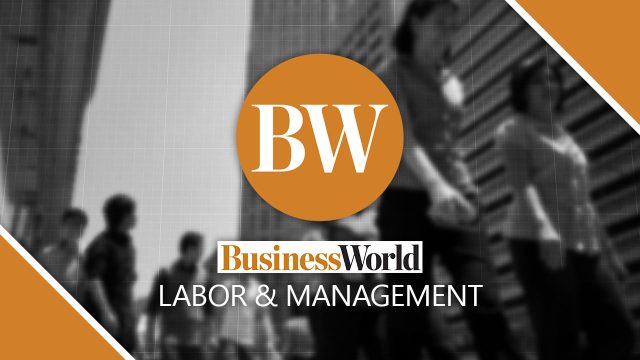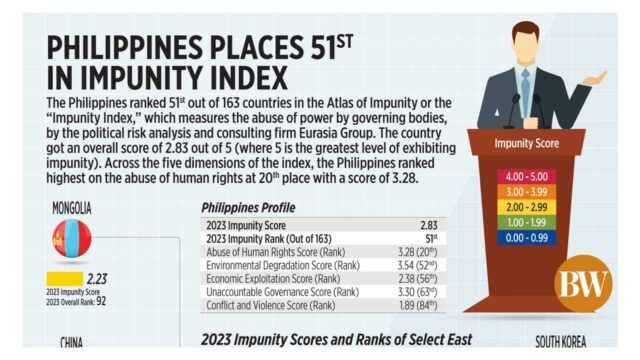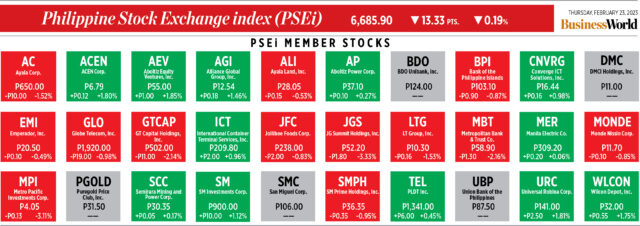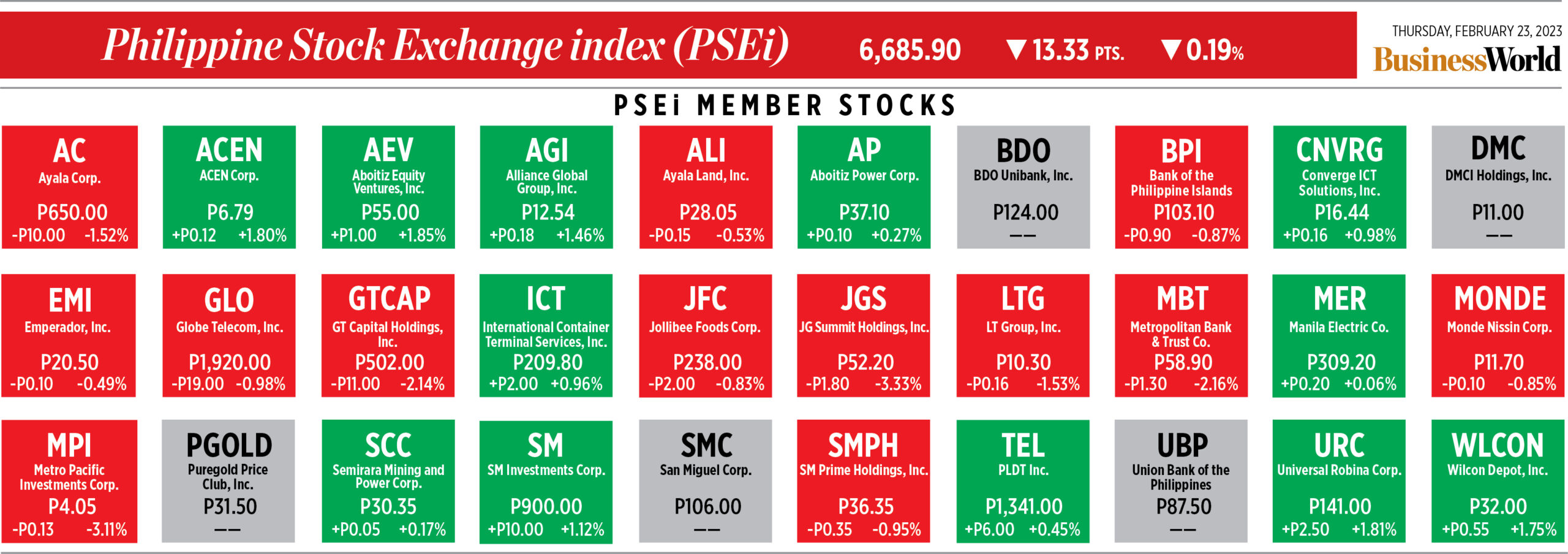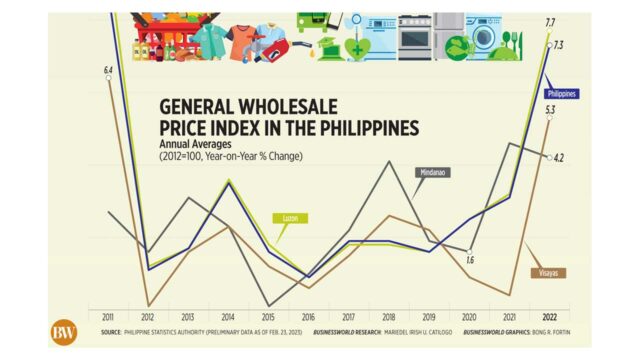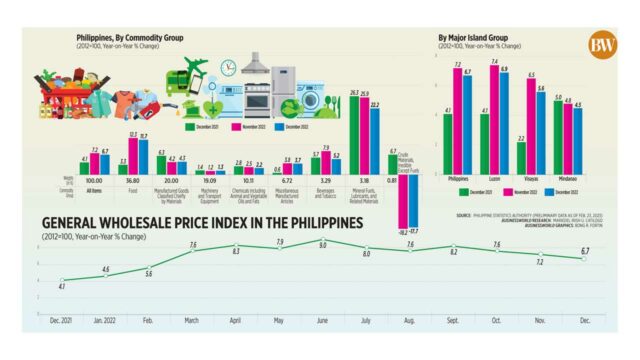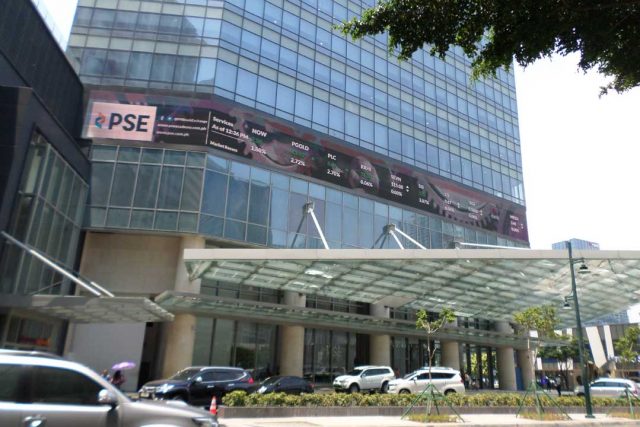CEOs today around Asia-Pacific are shifting from years of rapid development and scale to making strategic decisions that prioritize resilience, efficiency, and quality — all in anticipation of a recession that is likely to be shorter but more severe than expected.
In the January 2023 EY CEO Outlook Pulse, a study conducted with 1,200 CEOs around the world, nearly all respondents agree that a downturn is coming or has already arrived. In the Asia-Pacific area, specifically, 99% of the 290 CEOs who participated are actively preparing for a downturn scenario. Roughly half at 49%, however, are gearing themselves up for one that is temporary.
While 61% of Asia-Pacific CEOs are confident that fiscal and policy decisions will ultimately shorten the length of the recession, the majority believe this will be different from previous slowdowns and that it may be worse than the Global Financial Crisis (GFC) in terms of depth and severity.
Given the uncertain climate of the economic landscape, it is critical that CEOs adopt a defensive stance: finding a balance between fortifying their businesses to withstand the worst of the downturn while also planning for the future to strengthen their market position. According to the study, Asia-Pacific CEOs are almost equally focused on offensive and defensive strategies, such as investing in early-stage companies, acquiring companies in related industries, and developing sustainability or environmental, social, and governance (ESG) capabilities. On the other hand, defensive strategies include adapting supply chains for resiliency, selling off underperforming business units, and hiring quality talent.
PANDEMIC ISSUES NO LONGER THE GREATEST RISKS
The study indicates that only 29% of CEO respondents now view pandemic-related interruptions as the greatest danger to organizational growth.
CEOs throughout the Asia-Pacific are now focusing on the problems presented by greater input costs and higher capital costs in the face of rising inflation and the regionalization of the global economy. Inflation was high in almost every major Asia-Pacific nation in 2022, and this trend is predicted to last at least through the first half of 2023 before progressively decreasing.
With the exception of China and Japan, most central banks in the Asia-Pacific region have dramatically hiked their interest rates to combat inflation, which in turn increased the cost of financing. The regionalization and fragmentation of the global economy, which resulted in broken supply chains, higher input costs, and sharp increases in energy prices, have all likewise increased cost pressures.
OPTIMIZING FOR THE SHORT-TERM STORM
CEOs are examining and optimizing capital expenditures, working capital, and corporate finance management to make organizations leaner and more efficient for the downturn.
Outsourcing and managed services are critical to managing fixed costs and shifting risk, according to 54% of CEOs. Higher-value tasks like research, analytics, and risk management are included in this beyond standard business process outsourcing, such as payroll.
Companies that made significant investments in digital transformation during the COVID-19 pandemic are now benefiting from operational advantages. These companies are doubling down, with 98% of CEOs stating that it is crucial to keep up with the digital and technological change in order to deliver revenue growth.
FOCUSING ON THE FUTURE
CEOs are leaning towards and boosting investments in areas that will help them come out of the looming crisis stronger while being careful not to repeat the long-haul flight to safety that many took during the GFC. Some respondents intend to boost their spending on business ventures, product and service innovation, and research and development. Others want to expand their investment in technology- and data-driven digital transformation projects.
Talent, particularly employee wellbeing and skill development, is listed by 39% of respondents as an investment priority. More than half of CEOs have already started switching from hiring new talent to upskilling their existing workforces, while three-quarters feel that flexible working will be essential to lowering employee attrition and attracting new talent.
NEGOTIATING DEALS BETWEEN ALLIES
Most CEOs in the Asia-Pacific at 84% anticipate pursuing some form of transaction this year, but with a more surgical approach. In lieu of or in addition to a more capital-intensive merger or acquisition, they are considering joint ventures and alliances to access strategic parts of a business.
When looking for a merger or acquisition target, 68% of Asia-Pacific CEOs favor “friendshoring” or choosing a market with a close geopolitical and economic tie to their home nation. CEOs are confident that their main operations and supply chains won’t be significantly disrupted due to the relative predictability surrounding free trade and cash flow among allies.
CEO CONSIDERATIONS THIS 2023
The year opened with hope for many CEOs, with signs that several significant macroeconomic and geopolitical issues may be easing up this 2023. Although there will undoubtedly be new challenges, CEOs must show strategic and decisive leadership to weather these issues and future-proof their organizations through transformation and bolder investments in future capabilities.
One of the key considerations CEOs must make is to prepare for multiple scenarios to deal with the rapidly shifting macroeconomic and geopolitical environment of the Asia-Pacific. As events unfold, they should be prepared to switch between probable situations and make swift decisions about purchasing, building, partnering, or letting go. They also have to use data to make informed judgments. From risk management in the supply chain to cybersecurity, CEOs should employ data analytics to control risks in real time and provide information for urgent choices that must be made.
According to previous recessions, CEOs who made investments in future capacities during the downturn reaped the greatest rewards after the upturn. Taking a risk to advance business strategies now despite the uncertainty is an investment in the future.
This article is for general information only and is not a substitute for professional advice where the facts and circumstances warrant. The views and opinion expressed above are those of the author and do not necessarily represent the views of SGV & Co.
Wilson P. Tan is the chairman and country managing partner of SGV & Co. and the president of FINEX.

